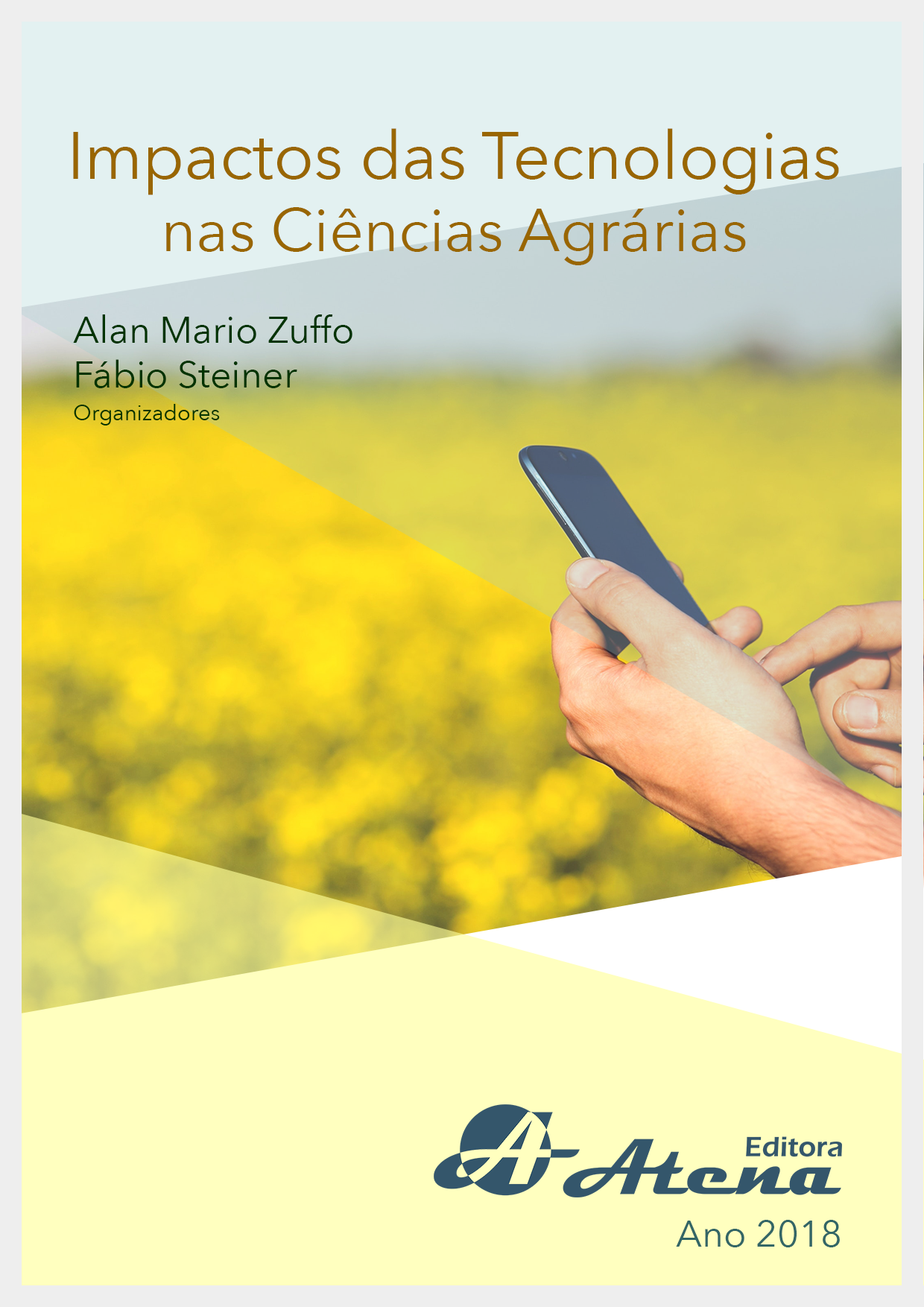
ESTOQUE DE CARBONO EM ARGISSOLO SOB DIFERENTES USOS E MANEJOS NO TERRITÓRIO SERTÃO PRODUTIVO
A avaliação dos estoques de carbono
em diferentes sistemas de manejo do solo
funciona como parâmetro na busca por um
modelo sustentável, visto que, o solo é o principal
reservatório de carbono no ambiente terrestre.
Desta forma, objetivou-se avaliar os estoques de
carbono em áreas sob diferentes usos e manejos
no Território Sertão Produtivo. O estudo foi
realizado no município de Candiba - BA. O solo das
áreas estudadas foi classificado como Argissolo
Vermelho-amarelo com relevo suave a ondulado.
As amostragens de solo foram realizadas na
camada de 0-10 cm, com cinco repetições. Os
tratamentos foram as áreas cultivadas com:
hortaliças; mandioca; sorgo forrageiro e feijão
caupi. Foram avaliados a densidade do solo, o
carbono orgânico e estoque de carbono. Observouse
diferença nos teores e estoque de carbono do
solo em função dos sistemas de manejo, sendo
maior na área cultivada com hortaliças, onde é
praticado adubação orgânica e cultivo mínimo.
Nas demais áreas com cultivo intensivo e sem
adubação orgânica, observa-se uma redução do
estoque de carbono em 50, 95 e 96% em relação
à área cultivada com hortaliças. A aplicação de
resíduos orgânicos é um manejo sustentável na
reciclagem de nutrientes e retorno do carbono ao
solo.
ESTOQUE DE CARBONO EM ARGISSOLO SOB DIFERENTES USOS E MANEJOS NO TERRITÓRIO SERTÃO PRODUTIVO
-
DOI: Atena
-
Palavras-chave: Adubação orgânica, conservação do solo, matéria orgânica.
-
Keywords: organic fertilization, soil conservation, organic matter.
-
Abstract:
The assessment of carbon stocks in
different soil management systems functions
as the parameter in the search for a sustainable
model, since the soil is the main carbon reservoir
without a terrestrial environment. In this way, the
objective was to evaluate the carbon stocks in
areas under different uses and management in
the Sertão Productive Territory. The study carried
out in the municipality of Candiba - BA. The soil
of the studied areas was classified as Red-yellow Argissolo with smooth to wavy relief. As
soil amostrogens performed in the 0-10 cm layer, with five replicates. The treatments were
as cultivated areas with: vegetables; manioc; forage sorghum and cowpea beans. Soil
density, organic carbon and carbon stock were evaluated. It was observed a difference in
soil carbon content and contents as a function of the management systems, being greater
in the area cultivated with vegetables, where organic fertilization and minimum cultivation
are practiced. In other areas with intensive cultivation and without organic fertilization, a
carbon stock reduction was observed in 50, 95 and 96% in relation to the area planted with
vegetables. An application of organic waste and a sustainable direction in the recycling of
nutrients and the return of carbon to the soil.
-
Número de páginas: 15
- Elcivan Pereira Oliveira


